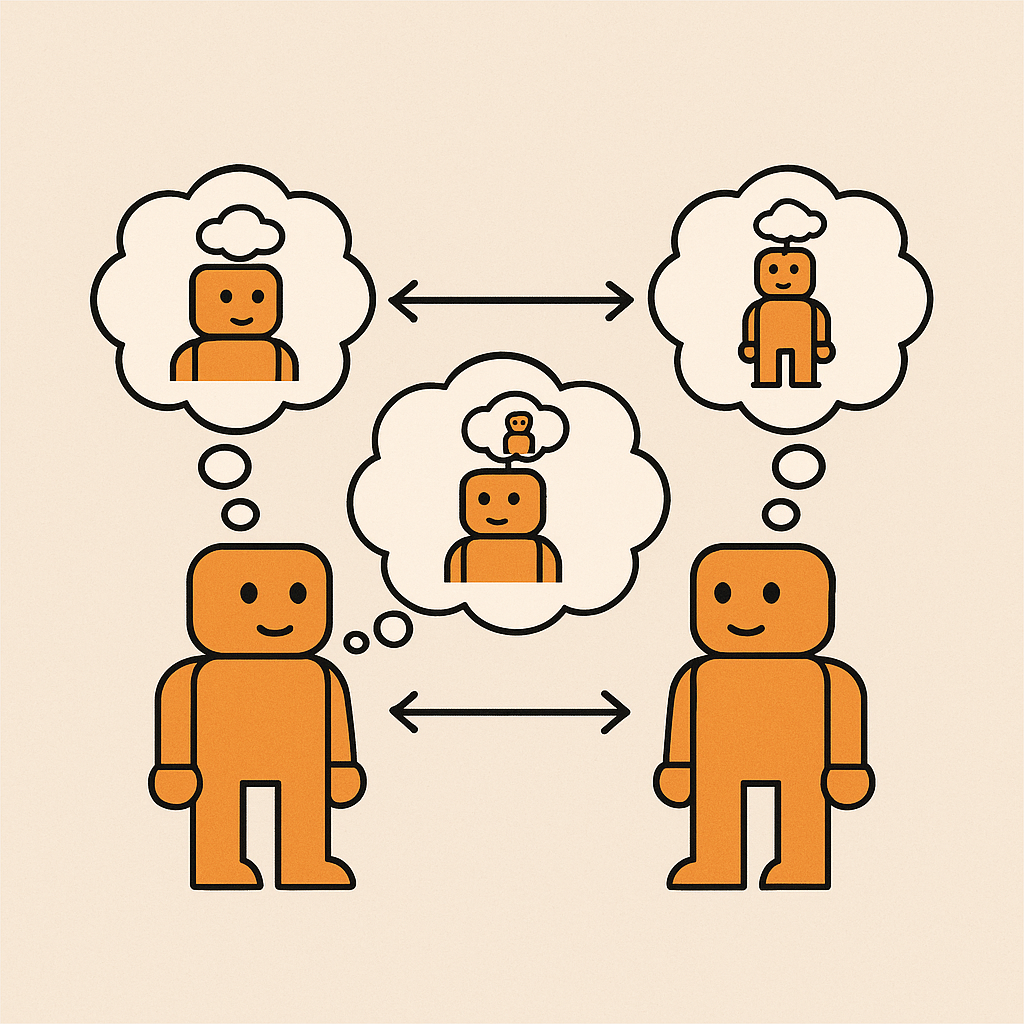12 Aug 2025

MemU treats memory as a hierarchical file system with an autonomous memory agent that writes, links, revises, and prioritizes what matters over time—purpose-built for AI companions.
Read more →
24 Jul 2025

An exploration of how theory of mind mechanisms enable sophisticated collaboration between LLM-driven agents, examining cognitive architectures, recursive belief modeling, and the emergence of collective problem-solving capabilities.
Read more →
16 Apr 2020
The coronavirus imposes short-term earning crisis, but creates long-term investment opportunities as governments, corporations and individuals adapt to be more robust against similar situations.
Read more →
27 Oct 2019
Learn the difference between discriminative and generative models, and understand how generative models work through practical examples and mathematical foundations.
Read more →
13 Oct 2019
Peter Thiel's insights on successful startups: seven key factors including tech breakthrough, timing, monopoly in small markets, right team, distribution, durability, and uniqueness.
Read more →
04 Oct 2019
Step-by-step guide to setting up Horovod with PyTorch for multi-node, multi-GPU training on ABCI's SLURM system, including solutions for common compatibility issues.
Read more →
23 Sep 2019
Reflections from a 3-year PhD journey in NLP and machine learning, with advice for new students on finding research goals and navigating the competitive field.
Read more →
 MemU treats memory as a hierarchical file system with an autonomous memory agent that writes, links, revises, and prioritizes what matters over time—purpose-built for AI companions.
Read more →
MemU treats memory as a hierarchical file system with an autonomous memory agent that writes, links, revises, and prioritizes what matters over time—purpose-built for AI companions.
Read more →
